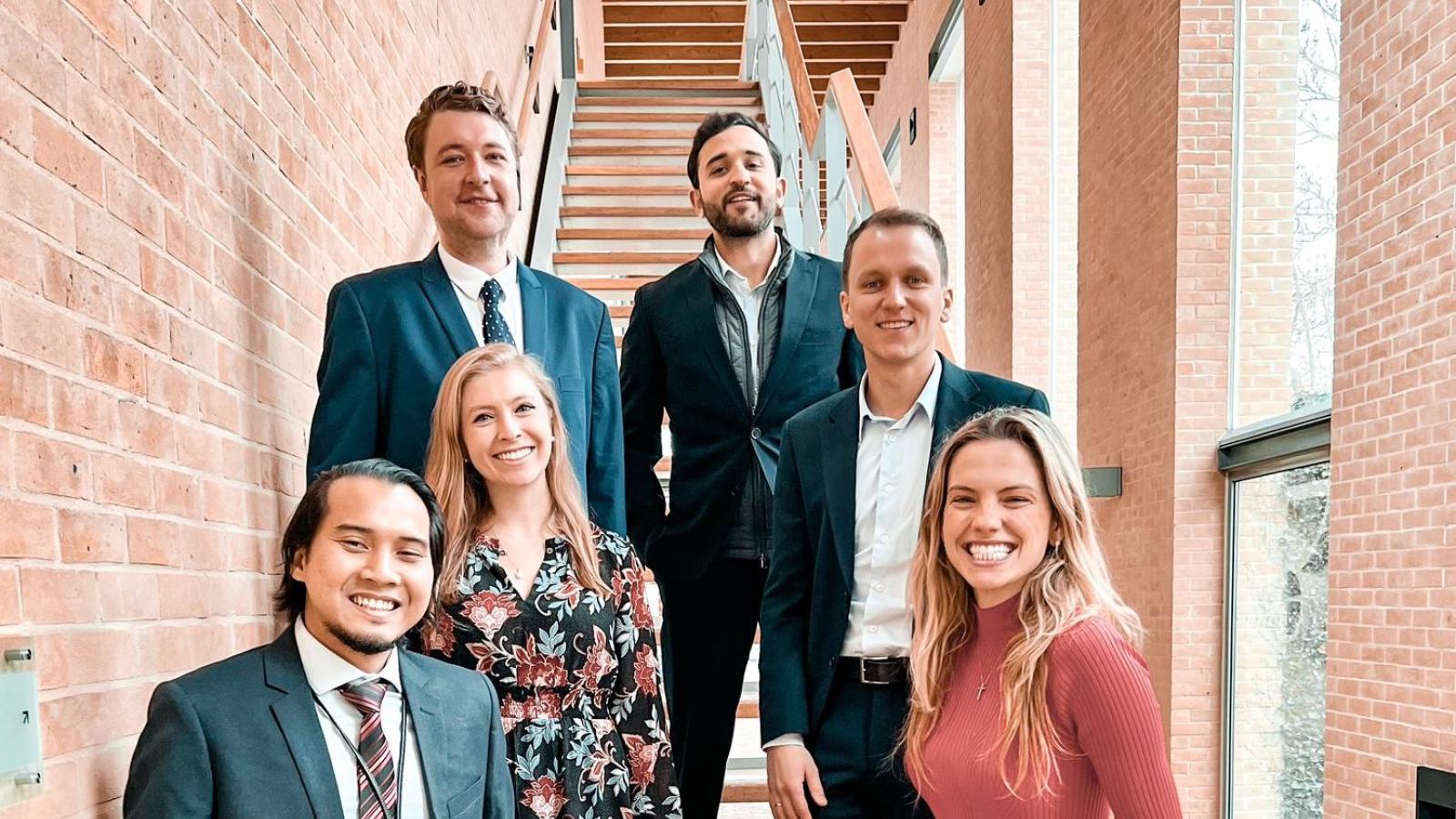One of my prime motivators for pursing an MBA at Oxford was to learn business strategy on the macro level. Notably, this is not a simple undertaking nor can it be taught in a single course. However, our Global Opportunities and Threats: Oxford module (affectionately known as GOTO) was an incredibly meaningful way to teach frameworks that can be used time and time again to understand system interconnectivity.
The MBA cohort was divided into four projects with teams of six; I selected Pi Labs, a UK-based VC looking to understand how they can curate a green portfolio in PropTech. Real estate is a fascinating, yet complex industry with exponentially long planning and operational timelines. With 40% of global carbon emissions accruing from the real estate industry, many companies are racing against the clock to develop, fund, and scale technologies that reduce both embodied carbon from construction and operational carbon from building use. As with any wicked problem, there are many stakeholders with conflicting interests and influence.
Through GOTO workshops, we learned how to break down these problems into different frameworks such as stakeholder power structures, 'iceberg' pattern and mental models, and most notably, system maps. The system map is a way to visualize a defined environment’s components and the ways in which they interact. For example, in UK real estate, we noted that green certification companies have strong ties to building developers, but less strong connections to governing bodies.
Building system maps is innately messy to begin with, but it was also the first time this year that I began to really see how an MBA education shifts your approach to business and problem-solving. When it comes to systems, solutions are rarely - dare I say never - simple, and every action has a potential reaction. From our system maps, we were able to more easily identify core issues and maintain a pulse on how they were perpetuated through causal loops.
GOTO was a challenging course; it pushed me and my team to question our assumptions, stress-test our proposed interventions, and ultimately acknowledge that there isn’t a clear-cut answer. However, it was equally as rewarding getting to pitch our analysis both to our instructors and later Pi Labs at the GOTO Summit as a finalist.
Innately, it’s a bit difficult for me to live in ambiguity, although it’s the space I also find most exciting. All too often, it seems that businesses look for quick fixes versus taking the time to understand a problem’s intricacies that could help develop more robust and long-lasting solutions.
As we move into the second half of the MBA program, I am bringing with me a new set of skills to critically analyse business strategy and am looking forward to seeing how I can build upon these lessons learned from GOTO.





